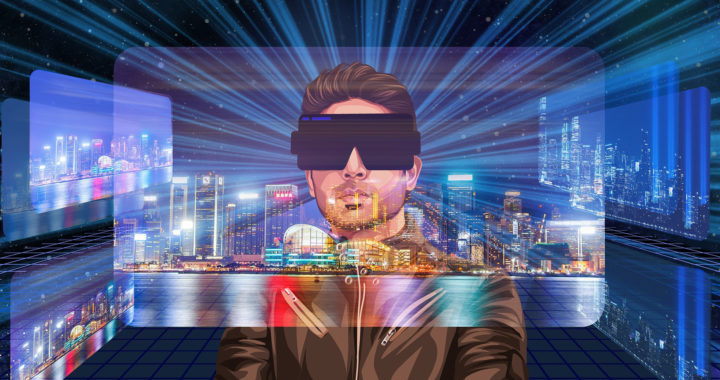There are three terms that have been associated with certain classes of consumer electronics and other emerging technologies. These are metaverse, mixed reality, and spatial computing. These three share some overlaps as showcased in specific applications. However, from a more technical standpoint, each has its scope of definition. This article provides a definitive background on the differences and similarities between metaverse, mixed reality, and spatial computing.
Explaining Metaverse vs Mixed Reality vs Spatial Computing: Differences and Similarities
The arrival and promotion of more advanced virtual reality and augmented reality devices such as the Oculus Quest from Meta Platforms and the Apple Vision Pro tend to blur the differences between metaverse, mixed reality, and spatial computing. This is understandable. These devices are a proof of concept of all three. However, as mentioned above, there are notable differences between the three in terms as far as concepts and definitions are concerned.
Differences
The metaverse is a term used to represent a persistent and three-dimensional virtual world where people or users can live, socialize, work, and play. It is a more advanced and immersive iteration of current two-dimensional cyberspace populated by websites, social media platforms, other apps used for communication or interaction, and online multiplayer video games.
On the other hand, unlike the metaverse, mixed reality pertains to the processes and technologies used for blending the physical world and the virtual world. It also features VR and AR processes and technologies to mix the real-world environment with a computer-generated one. Note that it falls under the catch-all computer-altered or extended reality technologies.
Spatial computing is a broader term used to represent encompassing technologies that enable a three-dimensional human-computer interaction and user interface. There are different examples of devices that have spatial computing features. These include the more simpler ones like smart speakers and more advanced ones like virtual reality or mixed reality headsets.
Similarities
The similarities between the three center on how all are related to the creation of a virtual world and realizing its practical applications from an end-use point-of-view. It is important to note the fact that the metaverse is a mere term for a virtual world that replaces the real world and enables people or users to take part as avatars to become digital content themselves.
Hence, between the three, mixed reality and spatial computing are more related. Both are actual collections of different technologies. It is still worth noting that mixed reality is also a concept in computer simulation. However, upon transformation from concept to application, the term also represents actual technological products called mixed reality devices.
These mixed reality devices feature spatial computing. The same is true for virtual reality devices and augmented reality devices. Take note that mixed reality and spatial computing can be used as the building blocks for an immersive metaverse. Thus, if mixed reality and spatial computing are the concepts and technologies, then the metaverse is the utmost end product.
Differences and Similarities Between Metaverse, Mixed Reality, and Spatial Computing
Nevertheless, based on the aforementioned, the difference between metaverse, mixed reality, and spatial computing is straightforward. A metaverse is a term for a virtual world where people are virtualized and become digital content themselves as avatars. Mixed reality is the processes and technologies used for blending the real world with the virtual world. Spatial computing includes all technologies that are analogous to technologies used in mixed reality devices. Both mixed reality and spatial computing are central to a more advanced metaverse.
